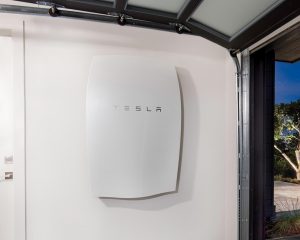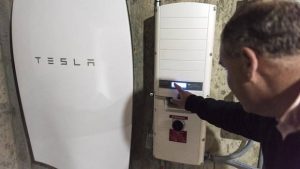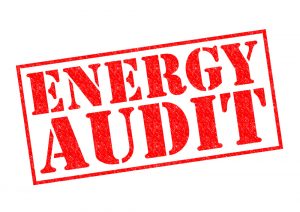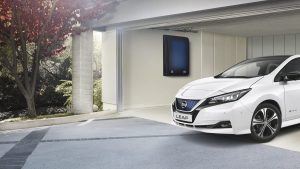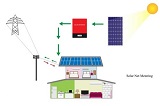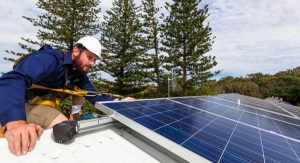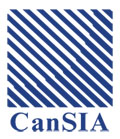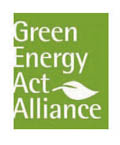A common question about solar panels is “how can you store generated energy and then use it at night or during a power outage?”
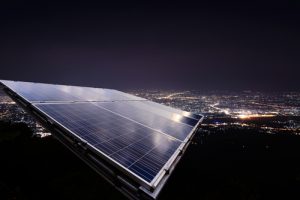
There’s been a lot of talk about Tesla since their 2015 roll-out of Powerwall and Powerpack products. However, Tesla is not the only game in town. Several other companies around the Globe are also introducing residential and industrial-scale lithium-ion storage options. Let’s see how one of the popular products from a German battery giant Sonnen – “sonnenBatterie eco” – stacks up against the latest iteration from Tesla, the Powerwall 2.
Sales
In reality, Sonnen has been in the battery game longer than Tesla, selling a wide line of integrated energy storage devices since 2008. The “eco” comes in multiple sizes, ranging from 4 to 16 kWhs. The Powerwall 2 comes in only one size – 13.5 kWhs. Obviously, this means that Sonnen has a longer track record and a wider variety of products to choose from.
Design
Like the Tesla Powerwall, Sonnen’s eco line of products features a sleek, clean design that makes them attractive to a residential customer. The eco is very square and no-nonsense, where the Powerwall 2 features a more “space-age” design with no visible buttons, dials or readouts on the front…only the name “TESLA”.
System integration
Both products are “fully integrated” or “plug-and-play” systems. They include storage, inverter, monitoring and controls all in one box. This means that installation is simple and standardized. Theoretically, this should bring the overall cost down. However, it also means that maintenance and repair in the future might mean the replacement of an entire system instead of individual components.
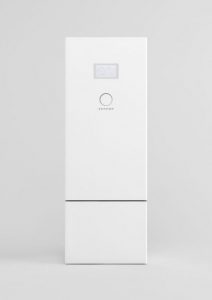
Both the eco and the Powerwall 2 can provide backup power. The Powerwall 2 offers “one day,” although we are not sure what that is based on. Sonnen lists their capacity as “2 kilowatt-hours per battery module, expandable up to 16kWh max in total.
Warranty
Each has a 10-year warranty. However, Tesla includes unlimited charging cycles, where Sonnen has a limit of 10,000. In reality, this probably is not a huge difference.
Price
The Sonnen eco 14 kWh unit runs at approximately $20,000US. The Tesla Powerwall 2…$6,500US. Wow. All of a sudden, all of Sonnen’s great features, experience and track record all go out the window. Can Tesla possibly offer a decent product at a price so far below the competition? It’s too early to tell, but it certainly puts the fledgling Tesla product at a price point that makes the price outweigh the risk.
Conclusion
Tesla has the power of media maven Elon Musk on their side, who may very well be taking the place of Apple’s Steve Jobs when it comes to innovation AND marketing in the tech space. The Tesla product obviously does not currently have the versatility of the Sonnen eco line, but it may be that, like Jobs products, the secret to the Powerwall’s success will lie in its integration with the Tesla ecosystem. If you have a Tesla car and want to charge it with your Tesla Roof, you will want to connect the two with a Tesla storage unit. Meanwhile, like Windows computers, Sonnen and other manufacturers will provide storage solutions to the wider marketplace.
Under the new GreenON program, which is expected to kick off this summer, homeowners and renters in Ontario who install a solar PV system in tandem with an energy storage system will be eligible for rebates. Visit greenon.ca for more details or send us your request to receive a free quote for your Tesla Powerwall battery installation.


